My Favourite Painting: Julian Fellowes
'There is something about its energy and desperation that seems to howl from the canvas and I find it extraordinary and inspiring.'
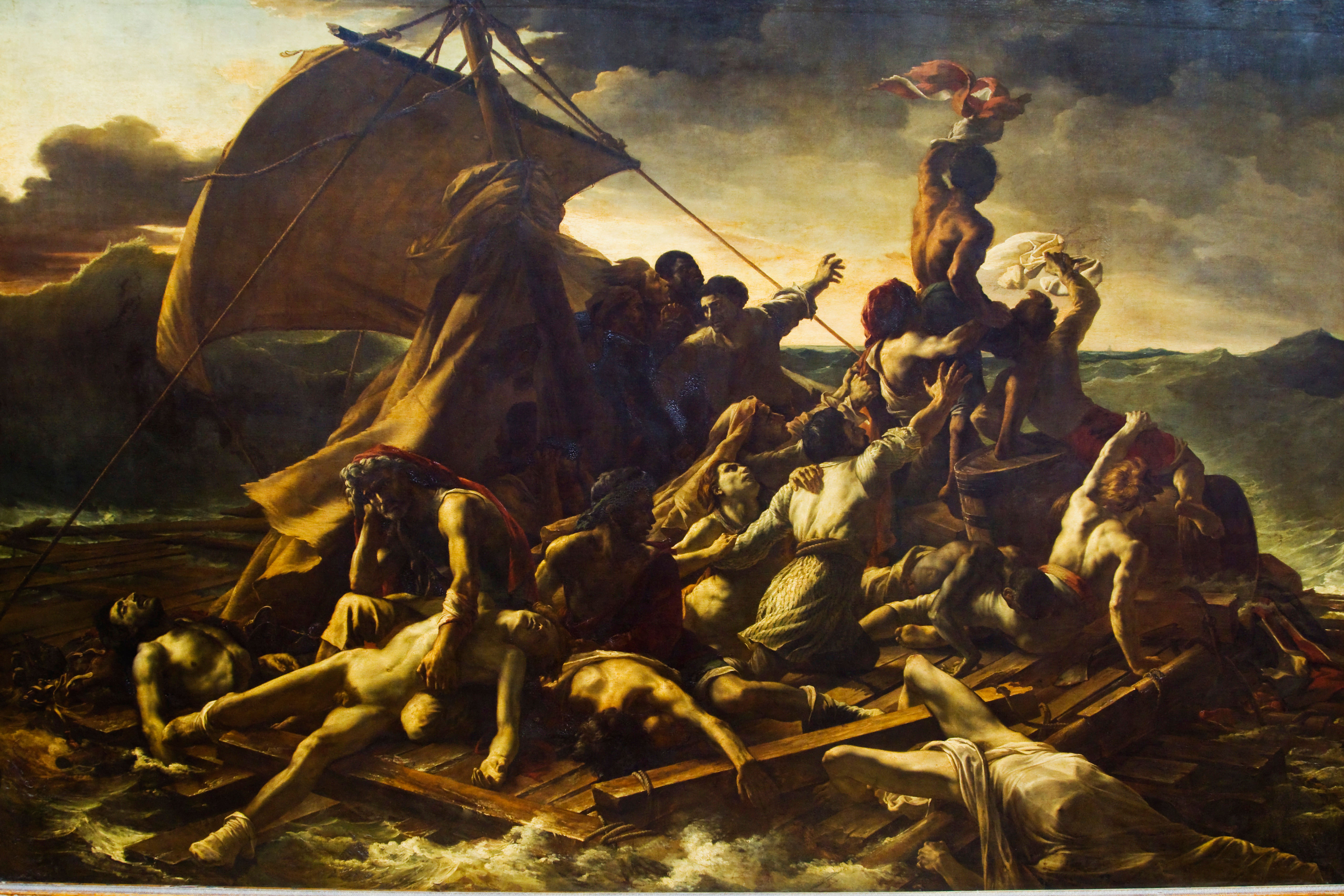

The Raft of the Medusa, 1819, 16ft by 23½ft, by Théodore Géricault (1791–1824), Louvre, Paris, France
Julian Fellowes chooses The Raft of the Medusa by Géricault:
'It may seem odd for a painting of a raft carrying people, most of whom are dying or dead, to be seen as romantic, but it does have a vigorous, muscular romance that, at the time, threw off the limitations of the cool classicism of the Napoleonic era.
'There is something about its energy and desperation that seems to howl from the canvas and I find it extraordinary and inspiring. Géricault was only 27 when he painted it, which is unbelievable, but I am sure the fact that his artistry and skill were informed by his youth is what makes the painting so vivid.’
The Lord Fellowes of West Stafford is an actor, novelist, film director and screenwriter, best known as the creator of Downton Abbey.
John McEwen comments on The Raft of the Medusa:
Romanticism has many definitions, but its core is a commitment to personal emotion. This pioneer Romantic picture passionately empathises with shipwreck survivors, ‘civilised’ citizens reduced to cannibalism. The picture shows the climactic moment, bodies arranged in an apex from death to life, when a ship promising salvation appears on the horizon.
In June 1816, French frigate Medusa (Meduse) sailed from Rochefort with 400 aboard, heading a three-ship convoy on a diplomatic mission to Senegal, west Africa. Her captain, a vicomte, had not sailed for years and was a political appointment.
Due to poor navigation, Medusa ran aground on a sandbank 60 miles off the African coast. Denied space in six lifeboats, the captain-less remnant of the passengers, some 150 people, set sail on a raft of the ship’s timbers with one bag of biscuits, two casks of water and six casks of wine. When, after 13 days, unsuspecting sister-ship Argus rescued them, there were 15 survivors. The story was a scandal.
Sign up for the Country Life Newsletter
Exquisite houses, the beauty of Nature, and how to get the most from your life, straight to your inbox.
Géricault romantically and youthfully saw the painting as a do-or-die effort to establish his reputation.
As one art historian wrote: ‘Behind locked doors he threw himself into the work… dreaded and avoided.’ Research included morgue sketches and interviews with survivors, three of whom he portrayed in the picture.
In France, it did not prove Géricault’s hoped-for sensation, but, in London, 40,000 paying visitors saw it and it entered the Louvre soon after his death – which, like a true romantic’s, was before he was 40.
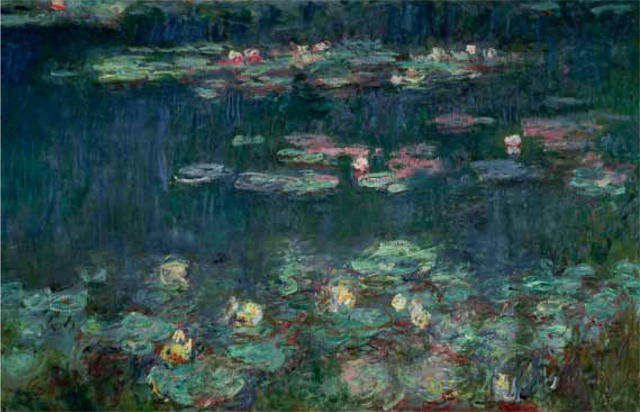
My Favourite Painting: Lulu
Lulu chooses her favourite painting for Country Life.
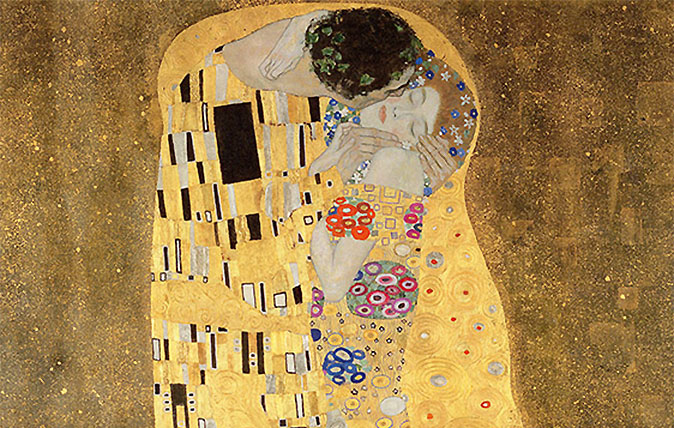
Credit: The Kiss - Gustav Klimt
My favourite painting: Danielle Steel
Danielle Steel, the world's top-selling fiction writer, admits that 'Klimt stole my heart' with this wonderful work.
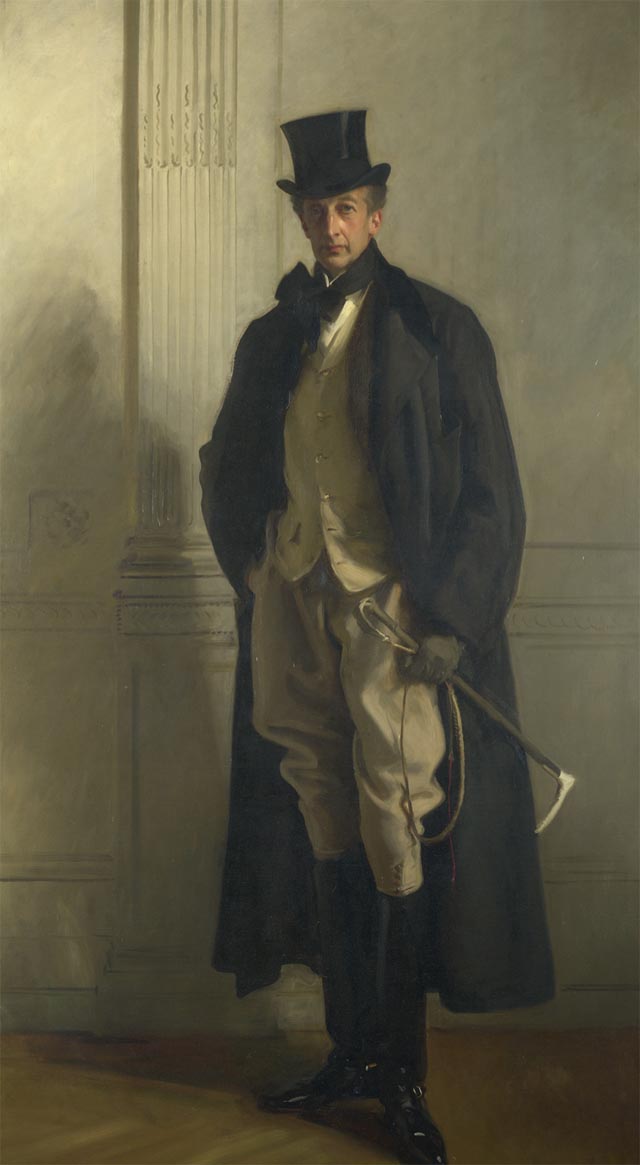
My favourite painting: David Starkey
David Starkey shares the one painting he would own, if he could
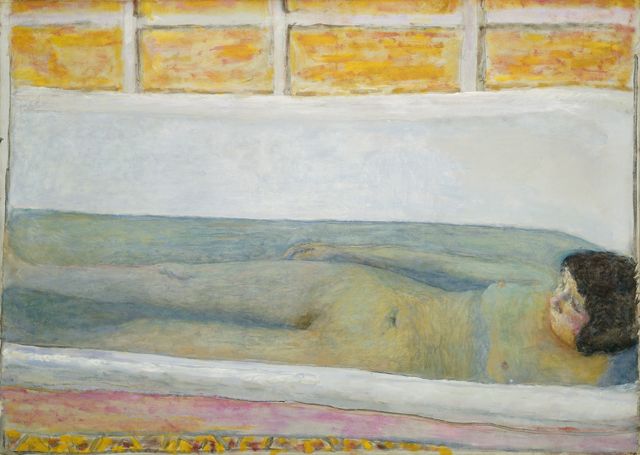
My favourite painting: Lauren Child
Lauren Child chooses her favourite painting for Country Life.
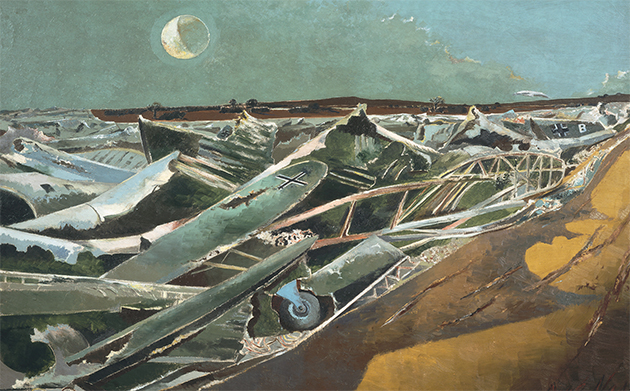
My favourite painting: Robert Macfarlane
Robert Macfarlane chooses his favourite painting for Country Life.
Country Life is unlike any other magazine: the only glossy weekly on the newsstand and the only magazine that has been guest-edited by HRH The King not once, but twice. It is a celebration of modern rural life and all its diverse joys and pleasures — that was first published in Queen Victoria's Diamond Jubilee year. Our eclectic mixture of witty and informative content — from the most up-to-date property news and commentary and a coveted glimpse inside some of the UK's best houses and gardens, to gardening, the arts and interior design, written by experts in their field — still cannot be found in print or online, anywhere else.
-
 'Monolithic, multi-layered and quite, quite magnificent. This was love at first bite': Tom Parker Bowles on his lifelong love affair with lasagne
'Monolithic, multi-layered and quite, quite magnificent. This was love at first bite': Tom Parker Bowles on his lifelong love affair with lasagneAn upwardly mobile spaghetti Bolognese, lasagne al forno, with oozing béchamel and layered meaty magnificence, is a bona fide comfort classic, declares Tom Parker Bowles.
By Tom Parker Bowles
-
 Country houses, cream teas and Baywatch: Country Life Quiz of the Day, April 24, 2025
Country houses, cream teas and Baywatch: Country Life Quiz of the Day, April 24, 2025Thursday's Quiz of the Day asks exactly how popular Baywatch became.
By Toby Keel
-
 'As a child I wanted to snuggle up with the dogs and be part of it': Alexia Robinson chooses her favourite painting
'As a child I wanted to snuggle up with the dogs and be part of it': Alexia Robinson chooses her favourite paintingAlexia Robinson, founder of Love British Food, chooses an Edwin Landseer classic.
By Charlotte Mullins
-
 The Pre-Raphaelite painter who swapped 'willowy, nubile women' for stained glass — and created some of the best examples in Britain
The Pre-Raphaelite painter who swapped 'willowy, nubile women' for stained glass — and created some of the best examples in BritainThe painter Edward Burne-Jones turned from paint to glass for much of his career. James Hughes, director of the Victorian Society, chooses a glass masterpiece by Burne-Jones as his favourite 'painting'.
By Charlotte Mullins
-
 'I can’t look away. I’m captivated': The painter who takes years over each portrait, with the only guarantee being that it won't look like the subject
'I can’t look away. I’m captivated': The painter who takes years over each portrait, with the only guarantee being that it won't look like the subjectFor Country Life's My Favourite Painting slot, the writer Emily Howes chooses a work by a daring and challenging artist: Frank Auerbach.
By Toby Keel
-
 My Favourite Painting: Rob Houchen
My Favourite Painting: Rob HouchenThe actor Rob Houchen chooses a bold and challenging Egon Schiele work.
By Charlotte Mullins
-
 My Favourite Painting: Jeremy Clarkson
My Favourite Painting: Jeremy Clarkson'That's why this is my favourite painting. Because it invites you to imagine'
By Charlotte Mullins
-
 The chair of the National Gallery names his favourite from among the 2,300 masterpieces — and it will come as a bit of a shock
The chair of the National Gallery names his favourite from among the 2,300 masterpieces — and it will come as a bit of a shockAs the National Gallery turns 200, the chair of its board of trustees, John Booth, chooses his favourite painting.
By Toby Keel
-
 'A wonderful reminder of what the countryside could and should be': The 200-year-old watercolour of a world fast disappearing
'A wonderful reminder of what the countryside could and should be': The 200-year-old watercolour of a world fast disappearingChristopher Price of the Rare Breed Survival Trust on the bucolic beauty of The Magic Apple Tree by Samuel Palmer, which he nominates as his favourite painting.
By Charlotte Mullins
-
 My favourite painting: Andrew Graham-Dixon
My favourite painting: Andrew Graham-Dixon'Lesson Number One: it’s the pictures that baffle and tantalise you that stay in the mind forever .'
By Country Life